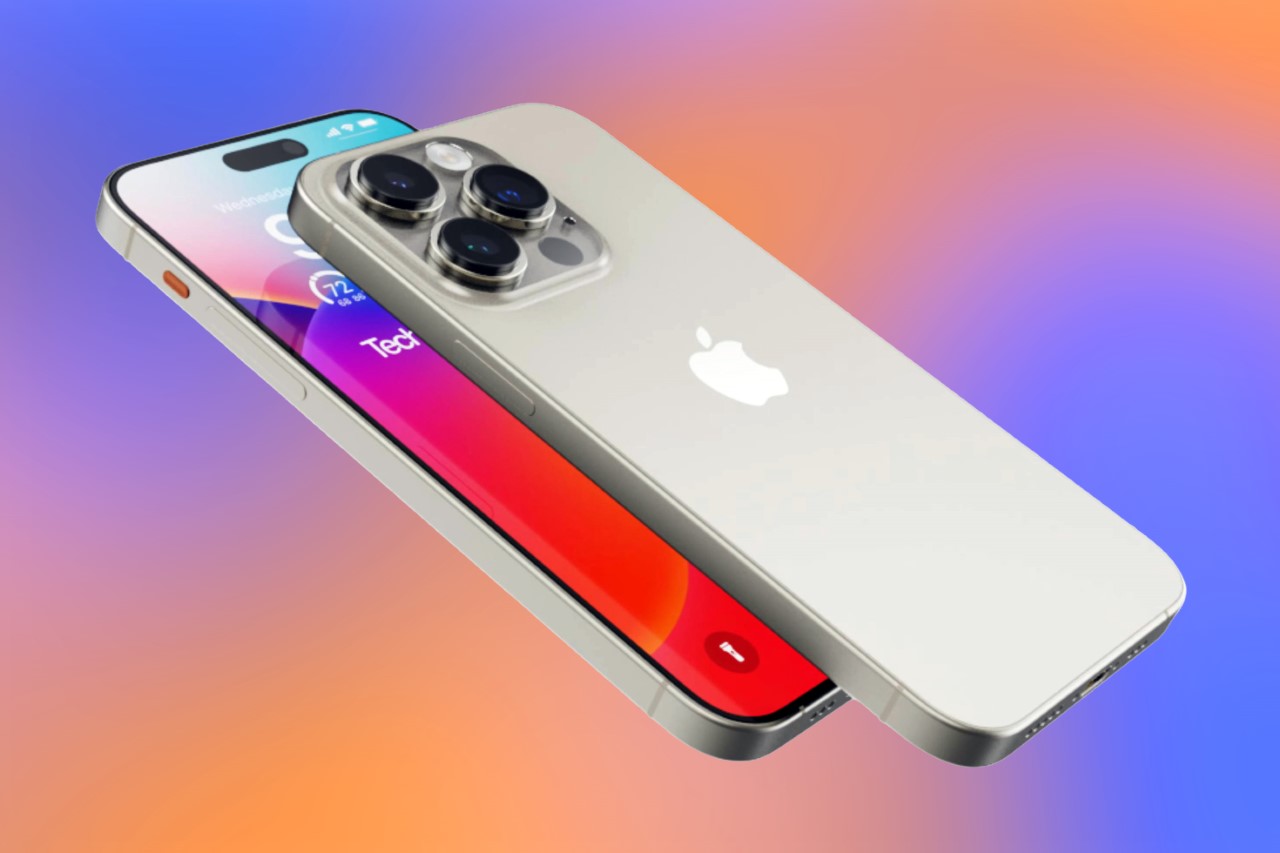#How to Use a Light Meter App to Shoot Film

Table of Contents
“#How to Use a Light Meter App to Shoot Film”

Learning to use a 35mm film camera can be intimidating. There’s no screen to check, so you need some way to gauge exposure without burning through frames the way you would with a digital SLR. A light meter app can save the day.
Why Do You Need a Light Meter?
If the film camera you picked up was well-maintained, its internal light meter might be working fine. But many of them degrade over time and give you an exposure reading that’s at least a little off. If you have the cash, you could spring for a dedicated light meter.
Or you could just use your smartphone.
Here we’ll cover how to use a couple of popular light meter apps with your 35mm film camera (or 120mm film if you’re fancy). But first, a primer on how they work.
How Do Light Meter Apps Work?
Light meter apps use your phone’s internal light meter to measure exposure, much like it does automatically when you use your phone’s camera to take a photo or video. That means that how well the app works will depend on your phone’s capabilities. If the camera doesn’t perform well in low light, the app won’t be able to accurately meter in lower light because the sensor doesn’t work as well as the one in a newer phone might.
Keep in mind that, depending on your phone’s light sensor and camera capabilities, some functions might not work at all. Some apps might work better with your particular phone than others. We recommend that you download and test multiple apps to find which ones work best for you.
RELATED: The Best Android Camera Phones for 2021: Take the Best Pics
Smartphone Light Meter Apps to Help You Shoot Film
Whether you’re an iPhone or Android user, there’s a light meter app for you. Some may be a bit confusing to read at first, but they’re pretty easy to get the hang of.
Here are a couple you can download and try today. This isn’t an exhaustive list, just a few of the more popular apps available now.
myLightMeter Pro (iPhone)/Light Meter (Android)
You can find this app developed by David Quiles on iPhone and Android with a slightly different name but the same look. You’ll know it by the old-school interface designed to look like a vintage film light meter.
The app’s look is super stylish but might intimidate you if you’ve never used a light meter before. You set the ISO of whatever film you’re using, say 400. Then, the app will measure exposure according to that film speed and present you with shutter speed and aperture settings by turning the central dial.

Shutter speeds are listed on the dial, which rotates to line up with different apertures at the top of the UI. Available apertures range from f1.4 to f22, and shutter speeds go to 1/8000th of a second. You’ll also get an exposure value (EV) reading in the bottom right area of the display, which you won’t really need to worry about as you can simply plug in the settings the meter gives you.
This app will not simply spit out a list of settings. You need to have the aperture in mind you want to shoot at, find it on the meter, and see which shutter speed the meter shows you to expose properly. Once you get used to doing that, Light Meter is pretty simple to use.
You can switch between two metering modes: incidental and reflective. Incidental metering uses the light hitting your phone camera to gauge an exposure setting. Reflective metering uses light reflected off an object to determine an exposure setting. A little black button in the top right lets you toggle between the two, but the developer recommends using reflective metering.
To take a reflective exposure reading, make sure the app is set to reflective. You’ll see a dot next to the little “r” in the upper right area of the meter, and the white circle in the middle of the display will show whatever your phone’s back camera is aimed at. Press the “measure” button right below that to take an image and meter exposure.
This app has a few more features than a typical light meter app, including multiple ISO settings, low light alert, and more. It’s paid, but very affordable at around $4 for iPhone and about $2 for the Android version.
Light Meter Free (Android)
Light Meter Free takes a more straightforward approach to its display, telling you exposure readings in simple boxes. This app also has both reflected and incident metering capabilities, as long as you’re using a phone with a front and back camera.

When tested against stand-alone light meters by the photography site Photo Workout, this app held its own. If you’re a fan of the sunny 16 rule, Light Meter Free lets you calculate those settings, or you can just use the manual calculator feature by entering your film speed (ISO).
This app is a good option if you’re looking for something simple, easy to read, and feature-rich to take out with your film SLR. As the name implies, this app is free to download and use, though it does contain ads.
Pocket Light Meter (iPhone)
Pocket Light Meter uses reflected light to meter exposure settings. At $10.99, it’s a bit pricey, so you may want to opt for myLightMeter instead. But if you choose to go with this app, it’s easy to use and has several cool features.

One thing that sets this app apart is a feature that lets you save notes about the image you’re taking. Light values are displayed in Kelvin, which can help you calculate your white balance if you decide to use this app while shooting manually on a digital SLR.
Choose Your Meter and Go Shoot
These apps prove it is possible to use your phone as a light meter and get good results without spending hundreds on a stand-alone light meter. Download one (or more) to figure out what you like and what gets you excited to shoot. Whichever app you decide to go with, the important thing is to choose one and get started.
As you go along, you’ll get more experienced at determining how your photo will look based on the exposure values you set. Despite the common joke “stay broke, shoot film,” it is possible to build a foundation in film photography without breaking the bank.
RELATED: How to Get Started With Film Photography
If you liked the article, do not forget to share it with your friends. Follow us on Google News too, click on the star and choose us from your favorites.
For forums sites go to Forum.BuradaBiliyorum.Com
If you want to read more like this article, you can visit our Technology category.




